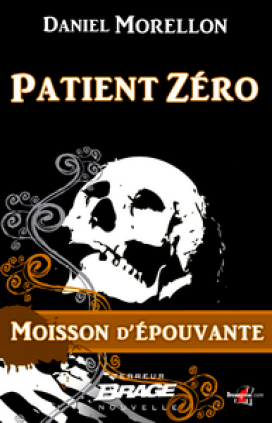

(maps, diagrams, glossary, bibliography, index) (Nonfiction. Equally suited to casual readers or serious study, this takes a giant step past the Eyewitness-filled cheap seats and even beyond David Macaulay territory.

More debatable or speculative reconstructions are noted as such. (for Rome), also describing government, legal systems, religious ceremonies, theater and other public amusements, fashion, daily life for people of all classes, food, water, and waste disposal. In a substantial text providing plenty of historical background, aided by a blizzard of sharp, full-color photos of artifacts and classical art, Connolly (Pompeii, 1990) and Dodge examine both cities’ major and minor buildings, from Bronze Age remnants through the aftermath of the Persian War (for Athens) and the great fire of a.d. Strewn with minutely detailed cityscapes, cutaway views, and interiors, this hefty urban study recaptures the architectural glories of two great cities in their heydays, with as much specific information as assignment-driven readers or browsers could want. However, the writing style is engaging, the complexity of information is appropriate for a middle to high school audience, and the mysterious nature of unexplained epidemics is perfectly captured, more than compensating for the deficiencies. A couple of errors in copy editing and layout compound that issue. Separate features, either in the form of entire pages in a contrasting color or, less often, set against corked flasks of…something-a contaminated culture, perhaps?-or a black doctor’s bag, are very liberally sprinkled through the book, making the choice of what to read first sometimes unclear. Each of these sections begins with a brief, imaginative narrative, some of which include speculative dialogue. Peters chronicles seven important epidemics that included epidemiological work, from the very infancy of the field through its growing sophistication: the bubonic plague in London, 1665 the cholera epidemic in London, 1854 yellow fever in Cuba as its mosquito source was finally identified in 1900 the typhoid cases in New York City in 1906 that led to the identification of a carrier, “Typhoid Mary” the influenza pandemic of 1918-19 the initial appearance of Ebola virus in Zaire, 1976 and the first recognition of AIDS in California in 1980.

Few might regard the field of epidemiology as a first-rate opportunity for sleuthing, but this fascinating effort may change that.


 0 kommentar(er)
0 kommentar(er)
